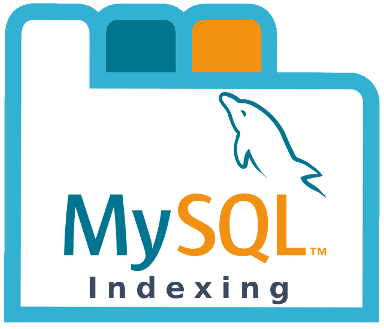Tag: optimization
In today's connected and dynamic digital landscape, scalable and fault-tolerant applications are critical. HAProxy, with its high availability and load balancing features, is essential for attaining these objectives. HAProxy, which stands for High Availability Proxy, is an open-source software solution that provides TCP- and HTTP-based applications with high availability, load balancing, and proxying. It is often used to divide incoming network traffic among numerous servers to maximize resource utilization, increase application speed and dependability, and achieve high availability.
What is Hyperscale Computing?
What is Hyperscale?
The technology industry is dominated by cloud computing companies offering public and hybrid cloud services for personal and business use. Companies like Google, Amazon, and Facebook are the prominent giants in the cloud services market and are constantly expanding their businesses into related technologies. Their exponential growth in cloud services is thanks to technology known as hyperscale.
How to Install and Configure ClickHouse on Ubuntu 20.04
What is ClickHouse?

ClickHouse is an open-source column-oriented DBMS (or database management system) primarily used for OLAP (or the Online Analytical Processing of queries). It is capable of blazing fast generation of real-time analytical data and reporting utilizing SQL queries. It is fault tolerant, scalable, highly reliable and contains a feature rich tool set.
MySQL Performance: How To Leverage MySQL Database Indexing

Throughout this tutorial, we will cover some of the fundamentals of indexing. As part of the MySQL series, we will introduce capabilities of MySQL indexing and the role it plays in optimizing database performance. Liquid Web recommends consulting with a DBA before making any changes to your production level application.
How to Enable Piped Logging in Apache
Apache by default logs data directly to log files. While this isn't a bad thing, it is not your only option. Both Apache 1.x and Apache 2.x bring with them the option of enabling something called "Piped Logging", though cPanel will only allow you to enable it for version 2.x.
Finding Resource Usage Details in MSSQL
When running MSSQL or Microsoft SQL Server, we need to determine whether it is optimized or will it need more resources to achieve better performance. This article reviews what behaviors to look for, where to find them, and how to view signs of distress.
There will be many times when you will need to optimize all images in a site media library. If you are familiar with using WP-CLI, then there is a very handy package which can be installed. The package is called “image-optimize” and it will simplify the process of getting your images ready for web hosting.
The Best Settings for Configuring FastCGI
In our last tutorial, we showed you how to install Apache’s mod_fcgid and provided Linux scripts to assist in transitioning from mod_php. In this next section, we’ll be discussing how to configure a baseline setting for PHP optimization.
Load Balancing Techniques and Optimizations
The hosting world’s bread & butter solution for providing high availability and redundancy is load balancing. There are many different use cases for a Load Balancer (LB). It is important to know how to effectively manage your LB configuration so that it performs optimally in your environment. The proceeding article will review some of the common practices that, when adhered to, provide a smooth and seamless high availability website/application through the use of load balancing.
MySQL Performance: InnoDB Buffers & Directives
As discussed earlier in our MySQL Performance series, the InnoDB storage engine is designed to be a high-performance database for very large datasets. The row-locking technique it uses allows for many read and write requests to occur on a single table concurrently. This is a vast improvement in speed over traditional table-locking of the MyISAM engine. This part of our MySQL Performance series will focus on configuring InnoDB tables for maximum concurrency with minimal disk input/output (I/O).
Our Sales and Support teams are available 24 hours by phone or e-mail to assist.

